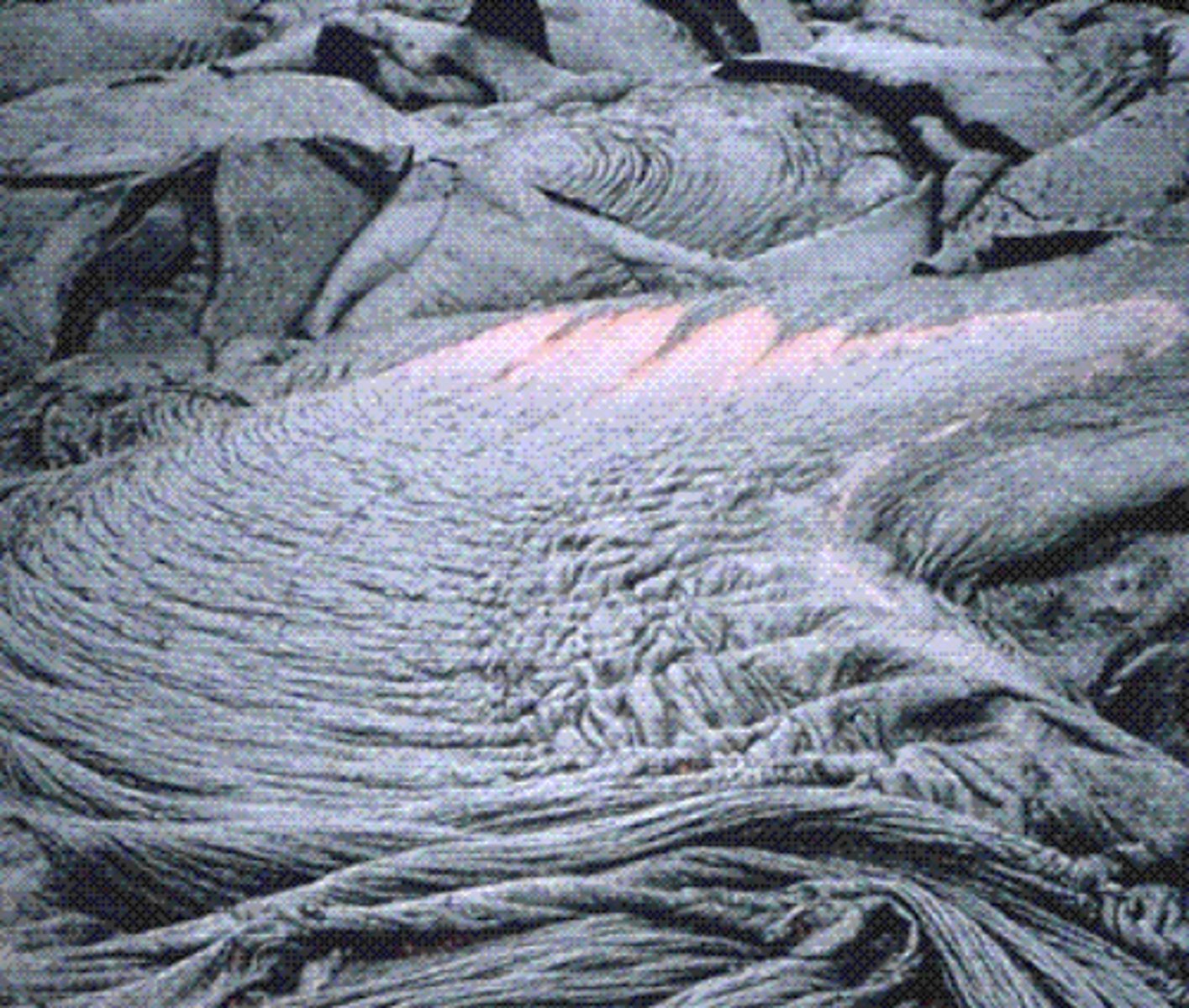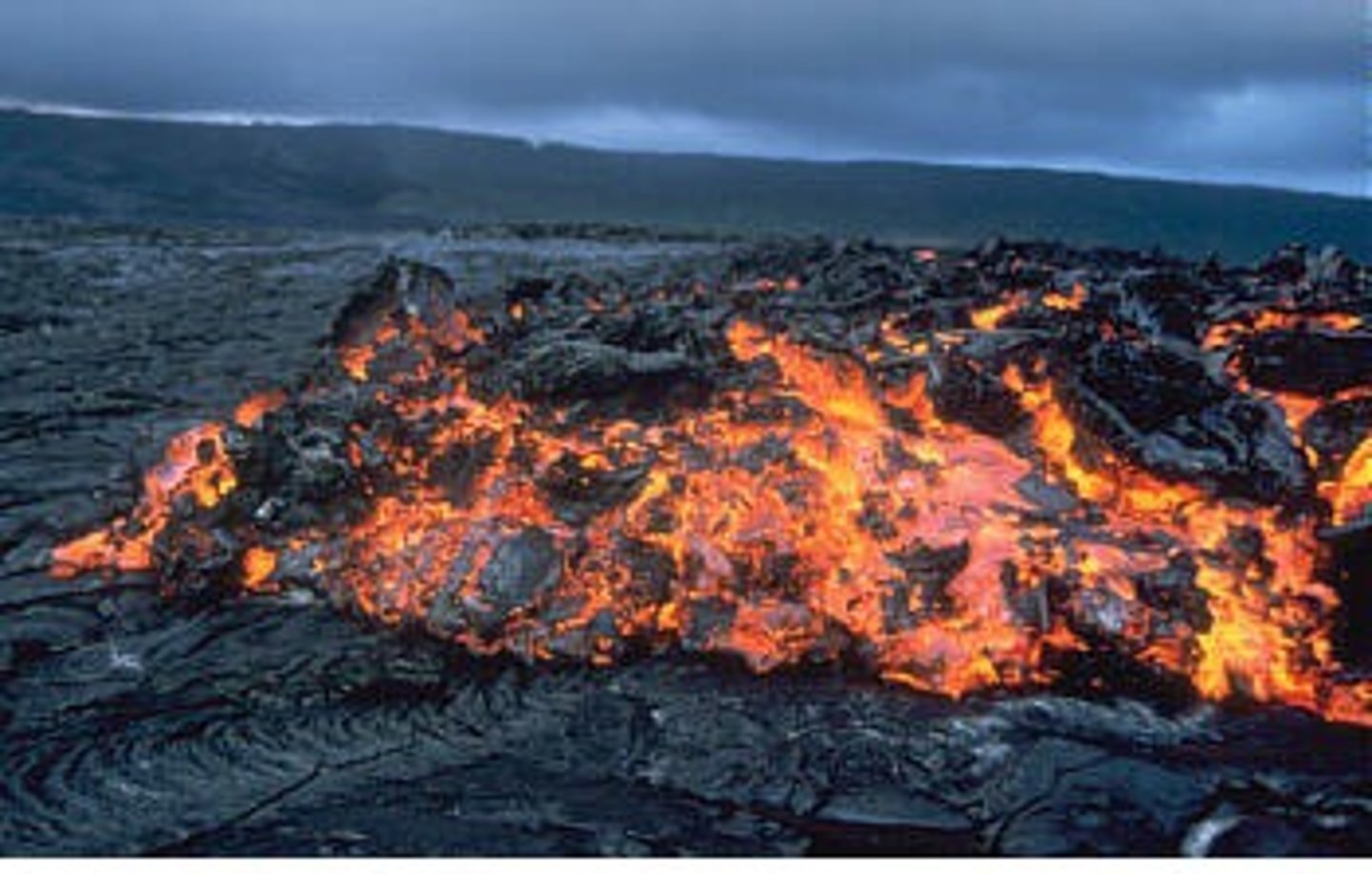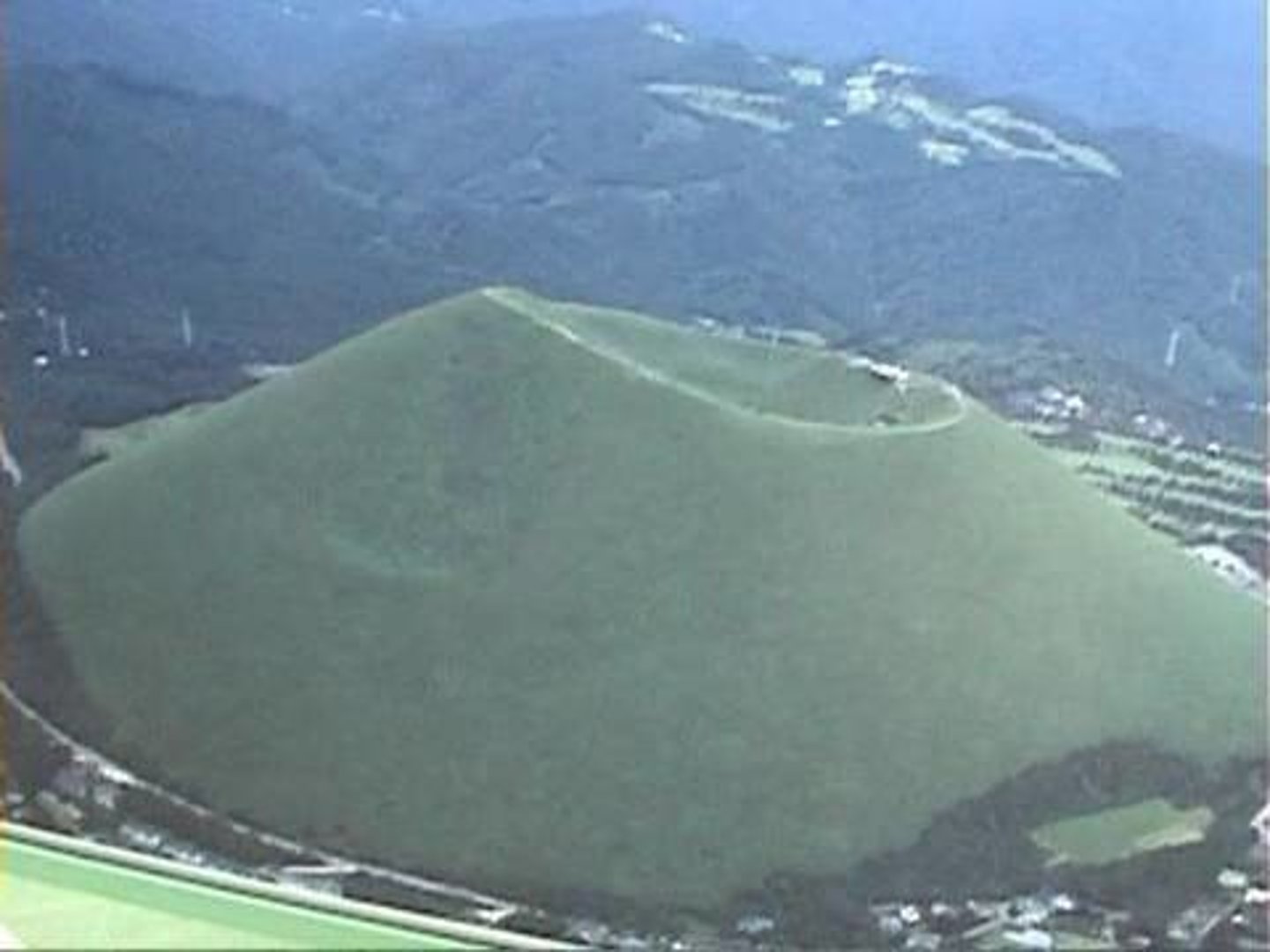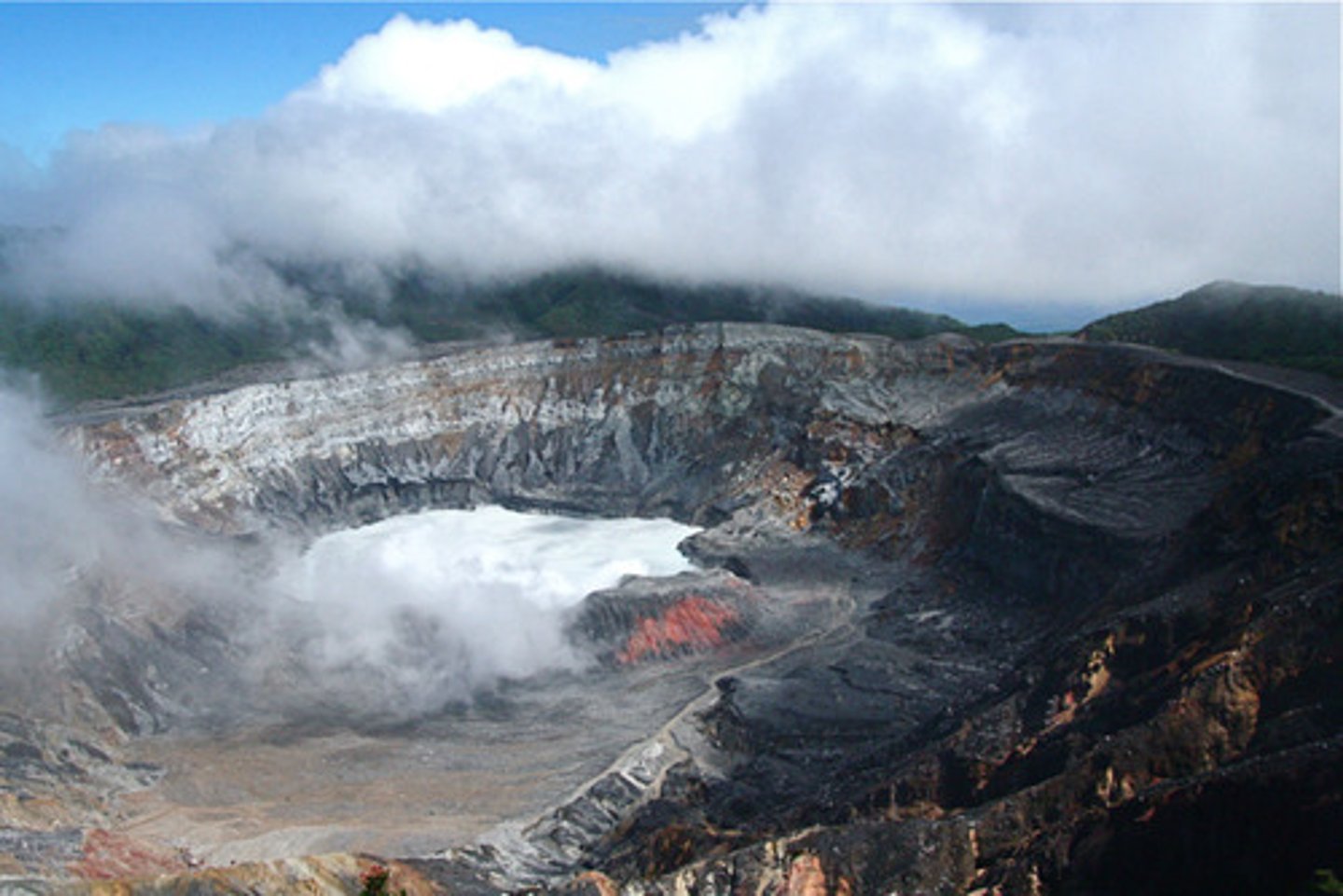ESSC - test 3.2 Volcanoes
1/58
There's no tags or description
Looks like no tags are added yet.
Name | Mastery | Learn | Test | Matching | Spaced |
|---|
No study sessions yet.
59 Terms
What type of volcano is mt st. helens?
Composite or strato volcano
Why is the erruption of mt st helens so famous?
Because it's the most recent eruption of the cascade mountains.
Also a good testing ground because there were so many eruptions. The knowledge gained is used now to predict the eruptions of other volcanoes around the world.
Most volcanoes are located on...?
The margins of the ocean basins
The second most common place volcanoes are located are
The deep ocean basins
The third group of locations volcanoes are is
those found in the interiors of continent
What is an ocean basin?
Land formations at the bottom of the ocean.
What provides the mechanism by which mantle rocks melt to form magma?
Plate motions.
The aleutian islands are an example of
Volcanic island arcs
The andes mountains are an example of
Continental volcanic arcs
What is an oceanic continental convergent boundary?
A dense oceanic plate collides with a less dense continental plate, causing the oceanic plate to subduct. This process can create volcanic mountain ranges.
How do volcanoes form at convergent plate boundaries, and what type of volcanoes does this form?
At convergent plate boundaries, the descending plate partially melts and magma rises upward.
This rising magma can form:
- volcanic island arcs
- continental volcanic arcs
The greatest volume of volcanic rock is produced along __________
the oceanic ridge system
How do volcanoes form at divergent plate boundaries?
The lithosphere pulls apart, causing less pressure on underlying rocks. Partial melting occurs, and large quantities of fluid basaltic magma are produced.
Intraplate igneous activity forms localized volcanic regions called...
Hot spots
What are examples of intraplate igneous activity?
The hawaiian islands
the columbia river plateau
What is the geothermal gradient?
The rate at which temperature increases with depth in the Earth.
Why is the geothermal gradient not enough to heat rocks?
Although it gets hotter as you go deeper into the earth, it can't get hot enough to warm rocks because the pressure increases as well.
What are the factors that determine the violence of an erruption?
1. Composition of the magma
2. Temperature of the magma
3. Dissolved gases in the magma
4. Viscosity of the magma
What is viscosity of magma?
a measure of a material's resistance to flow
What are the factors that affect viscosity?
Temperature
Composition (silica content)
(colder/warmer) magmas are less viscous
Warmer
Materials with a high silica have a (high/low) viscosity.
Materials with a low silica are (more/less) fluid.
High / more
Why does higher viscosity mean higher explosivity?
Because it's difficult to flow, gas bubbles have a harder time getting out and the erruption will be explosive.
What provides the force to extrude lava?
Dissolved gases (volatiles). Without these, the magma would not get up. The gas drags the liquid with it as it tries to escape.
______ lavas are more fluid.
Basaltic
The most abundant thing to leave a volcano is
The gases
Gases make up ____ percent of magma by weight.
1-5 percent
Gases released from a volcano are mainly which types?
Water vapor and carbon dioxide.
What is pahoehoe lava?
less viscous, easier to move around. As it flows, the surface cools and starts to crystalize. The liquid underneath is still moving, so you end up with something that looks like braids of rope.

What is Aa lava?
resembles rough jagged rocks. You can outwalk this stuff. This is like the zombies in zombie movies. They don't move very fast, but they can catch up with you.

The stuff released from a volcano that is not lava and is not gas is...
pyroclastic.
What are the five types of pyroclastic materials, in ascending order by size?
Ash and dust - fine, glassy fragments
Pumice - from frothy lava
Lapili - "walnut" size
Cinders - pea sized
Blocks and bombs - hardened lava
What is the difference between blocks and bombs?
If it's blown out already hardened, it's a block. If it's blown out as liquid rock, it's a bomb.
What is a conduit?
A pipe that carries gas rich magma to the surface. There's two types, craters and calderas.
What is a vent?
The surface opening (connected to the magma chamber via a pipe.
What is a shield volcano?
Broad, slightly domed. Made of primarily basaltic lava, and generally large.
They would look like a shielf if cut, and have low viscosity.
What is an example of a shield volcano?
Mauna loa in Hawaii
What is a cinder cone?
Sometimes called spatter cones because that's the way lava usually comes out.
Built from ejected lava fragments, steep slope angle, small in size, and occur in groups

What is a composite cone (or stratovolcano)
Most violent, large but not as large as the shield volcano. They can cause trouble without even errupting
What is an erruption column?
A large vertical column of ash, gasses, rock, and debris above an errupting volcano.
Eruption columns often produce __________.
Nuee ardente
What is the nuee ardente volcano?
you cannot outrun these. Fiery pyroclastic flow made of hot glasses infused with ash.
What type of volcano was mt Vesuvius?
strato volcano that started an erruption column and went straight into Pompeii.
What are lahars?
Volcanic mudflows. These can effect you during the erruption (like with mt st helens) or for years after
How do volcanic necks form?
When magma solidifies inside the volcanic conduit and the softer surrounding volcano is eroded away over time.
What are volcanic domes?
Like scabs kinda. Don't mess around on active domes (or pick your scabs). They are dangerous because lava is still moving up underneath and inside of them. They occasionally fall apart. Depending on how much lava is underneath them and how much gas is underneath, it will blow up like a cork. You can't tell how much gas is building underneath them.
What are two examples of dome volcanoes?
Valley of 10,000 smokes in alaska and inyo mountains, california
How are volcanic domes form?
magma is highly viscous and is extruded slowly from a vent, piling up around it.
Under which conditions are volcanic domes destroyed, and what happens as a result?
Volcanic domes are destroyed when steep flanks collapse or from explosions from buildup of gases.
The dome collapse can unleash an avalanche of ash and projectiles.
What happened with mount Unzen, Japan?
There was a dome here in Japan. They were having a volcanology conference here to see the dome. But instead of using a helicopter to be cautious, they just walked up to it. 14 to 21 of the best volcanologists died from this. So basically, domes are dangerous even without an erruption. It was random.
What are calderas?
Steeped walled depression at the summit formed by collapse and nearly circular. Also exceeds one kilometer.

What is a fissure?
Basically just cracks. There is no mountain, lava just oozes out of the cracks.
What is an example of a fissure?
COlumbia plateau
What is a good example of a caldera?
Crater lake, oregon. (AKA mt mazama).
Yellowstone caldera
Santorini, Greek Islands
Krakatu, Indonesia
What are flood basalts?
Flood basalts are fissure eruptions. They are giant cracks over mantle plumes. They're not violent, but they can change the climate because of the volume of material.
What are flood basalts the result of?
Mantle plumes
One example of a basalt is those found along the...
columbia river
How do we tell if a volcano is about to happen?
1. increase in seismic activity -- more earthquakes
2. Increased gas activity - changes in gas indicate eruption
3. Changes in topography - you can see a day to day difference in topography
4. Changes in temperature - hotter near the volcano
Which volcano would have the most effect on us in Louisiana?
The cascades bc of the ash in the wind.